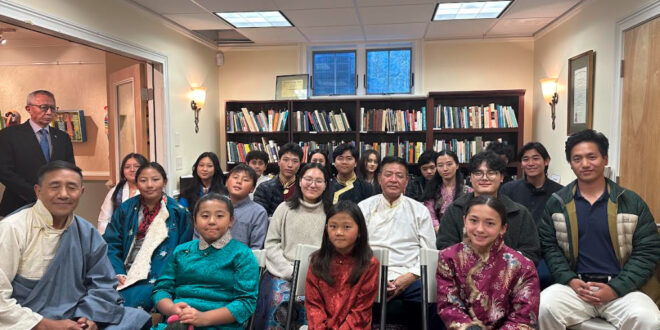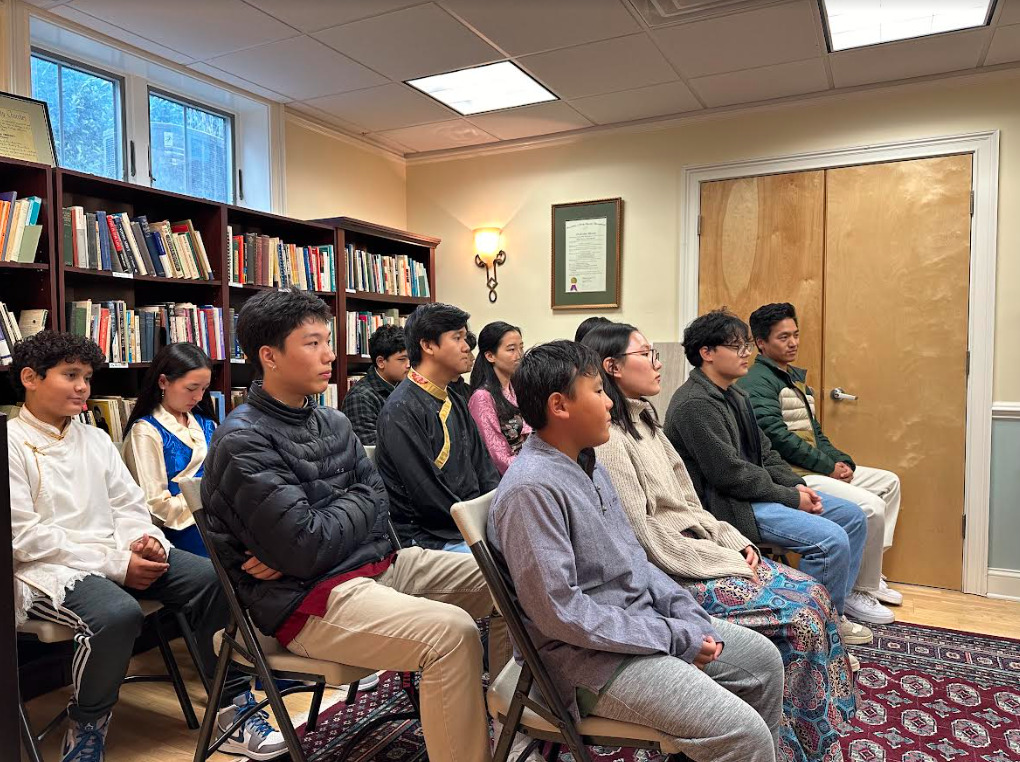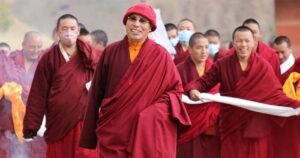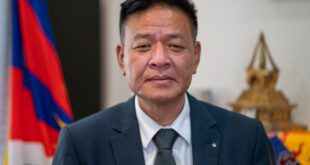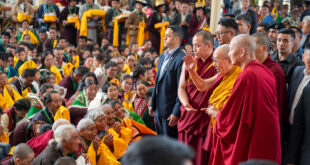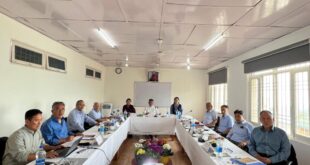Sikyong Penpa Tsering of the Central Tibetan Administration addressed the Tibetan youth based in Charlottesville and Virginia on Sunday, 15 October, as part of his ongoing official visit to North America. In his interaction with the youth, Sikyong underlined key commitments of the 16th Kashag. He updated them on what his administration has achieved to date and outlined future programs and activities prioritised by the administration. He reiterated that one of his key commitments during official visits to Tibetan communities across the globe is to have interactive sessions with the youth to seek their ideas and feedback.
Sikyong briefed about his recent maiden Latin America trip and the successive meetings he had with the political leaders, lawmakers and university students. He explained that he intends to try and reach out to more Latin American countries during his term to create awareness of Tibet and caution against the repercussions of China’s growing influence in Latin America.
Sikyong further talked about a range of subjects mainly emphasising the global significance of Tibet. He talked about the geo-political significance of Tibet to reiterate why the peaceful resolution of the Sino-Tibet conflict is a determining factor in forging peace and stability among the neighbouring countries of China. He highlighted the lack of credibility in China’s claim over Tibet and stated that the Tibetan side does not seek independence. He substantiated that the political stand of the Central Tibetan Administration in resolving the status quo of Tibet under China’s occupation has always been the Middle Way Approach where Tibetans have freedom for self-determination. If and when the need for a change in the policy arises in the future, Sikyong said it can only be done through a “process of a referendum” by the general populace. While the political stand of the CTA has remained unchanged, Sikyong mentioned the strategy is reformed to that of actively pursuing recognition for Tibet as historically independent state to quash China’s pervasive propaganda and retain political leverage of the Middle Way Approach.
To explain to the youth about Tibet’s independent status, Sikyong detailed the history beginning from the 7th century when the Tibetan empire was one of the three big empires in Central Asia, alongside China and Mongolia. He spoke about the invasion of the capital of China by the Tibetan empire and further invasions of Samarkand in Uzbekistan which was the extent of the Tibetan empire at one time before its disintegration in the 9th century when the Mongols became the rising power led by Chengis Khan. To better understand the historical narrative, Sikyong urged the youth to corroborate the factual evidence detailed by Tibet experts like Michael Van Praag and Prof. Hon-Shiang Lau in their respective findings proving that Tibet was never part of a Chinese empire.
Apart from that, Sikyong highlighted the cultural and spiritual significance of Tibet underscoring the ‘non-violence’ propagated by Tibetan Buddhism which he alleged has a greater relevance and influence in today’s ongoing armed conflicts. He shed light on the significance of Tibet’s ecology. Tibet being Asia’s ‘water tower’ and world’s ‘third pole’, Sikyong explained the key ecological roles of Tibet in determining the challenges of climate change and securing the future of the earth.
In his concluding talk, Sikyong reminded the youth of their additional responsibility in securing Tibet’s future as the nation’s future.
“While we hope for the best to return to Tibet soon, however, till such a day arrives, Tibetans have to continue their struggle”, said the democratically elected leader of Tibetans.
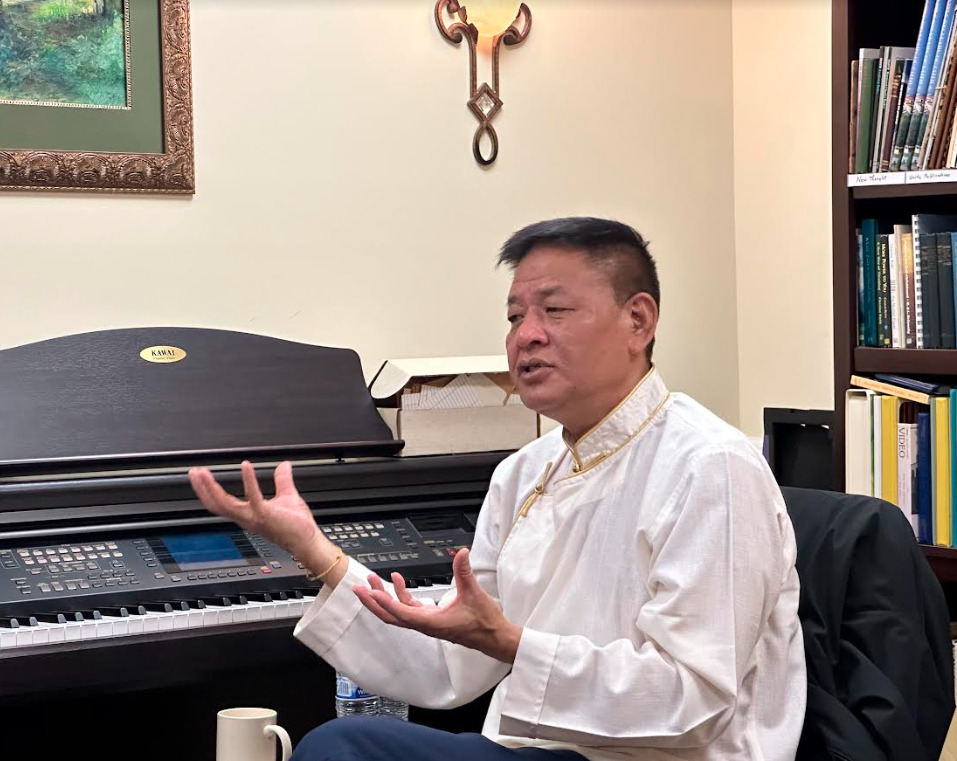
Sikyong Penpa Tsering addressing Tibetan youth.
